About Kedarnath floods 2013: A decade after is safer the temple?
The major Kedarnath floods at the pilgrimage site of Kedarnath in Uttarakhand raised safety concerns among experts, especially after a recent deadly landslide.
Kedarnath Floods:
- Event: Kedarnath Floods
- Date: June 16-17, 2013
- Location: Kedarnath Valley, Uttarakhand, India
- Cause: Heavy rainfall and melting of Chorabari Glacier leading to a glacial lake outburst flood (GLOF)
- Impact: Over 6,000 deaths, widespread destruction of the Kedarnath Valley, and devastation of the 14km pilgrimage route to the Kedarnath Temple
- Reconstruction Start: March 2014
- Current Issues: Safety concerns due to heavy construction in an ecologically sensitive area, recent landslides, and ongoing risks from climate change and glacier fragmentation.
Kedarnath Valley
The Kedarnath Valley, located above 3,500 meters in Uttarakhand, India, has undergone significant changes since deadly Kedarnath floods hit the area in 2013. A reconstruction project to rebuild Kedarnath, home to a famous temple, began in March 2014.
However, delays, allegations of corruption, and the risks of heavy construction in this ecologically sensitive mountainous region have raised serious concerns about whether Kedarnath is safer now or more vulnerable than before the 2013 disaster.
A stark reminder of the area’s fragility occurred on the night of August 4, 2023, when a major landslide struck the Kedarnath pilgrimage route during heavy rains. The landslide destroyed several shops near Gaurikund, the starting point of the Kedarnath trek. The incident resulted in three deaths, with 16 people missing.
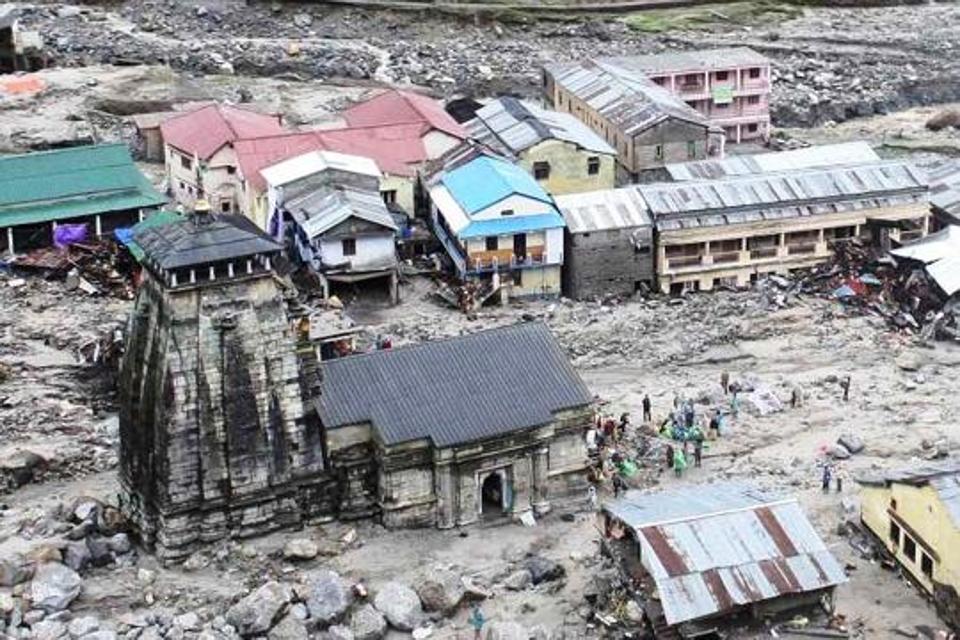
Kedarnath 2013 flood
The Kedarnath 2013 flood in Uttarakhand were one of India’s worst natural disasters, with a death toll of over 6,000. Heavy rainfall on June 16 and 17, combined with the melting of the Chorabari Glacier, caused a breach of the Chorabari glacial lake.
This led to a glacial lake outburst flood (GLOF), increasing the flow of the Mandakini River, flooding the entire Kedarnath Valley and downstream settlements, and destroying the 14km pilgrimage route to the Kedarnath Temple.
Each year, thousands trek to the Kedarnath Temple, located 300 km northeast of India’s capital, New Delhi. Roshan, a former palanquin bearer, recalls the Kedarnath 2013 floods vividly: “I was at Rambara village near Kedarnath on the day of the floods. The whole village vanished in front of my eyes in seconds. The memories still give me chills.”
Chorabari Lake
Manish Mehta, a scientist at the Wadia Institute of Himalayan Geology, believes the risk of future GLOFs from the Chorabari Lake has decreased since the lake breached its boundaries, turning into a pathway that cannot hold water anymore.
Is reconstruction making Kedarnath unsafe?
Heavy construction in Kedarnath has raised concerns among experts. A 2014 study by the Disaster Mitigation and Management Centre, part of Uttarakhand’s Department of Disaster Management, warned against such construction. The study, conducted after the 2013 floods disaster in Kedarnath, advised against new constructions in the temple area.
It recommended only small and light structures for essential temple services, as disturbing the freshly deposited debris and boulders could trigger landslides an
However, environmental scientist Ravi Chopra warns that the impacts of climate change in the region remain dangerous. He cautions that glacier fragmentation could lead to the formation of new lakes around Chorabari Lake, meaning the risk of glacial lake outbursts should never be ignored.
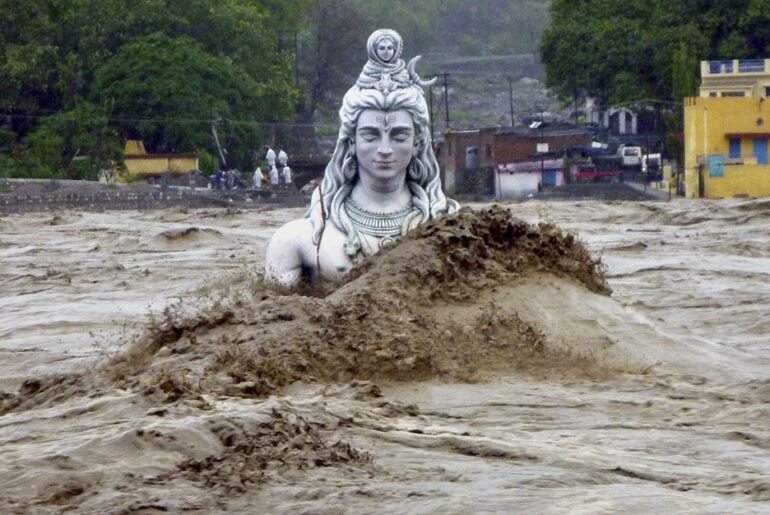
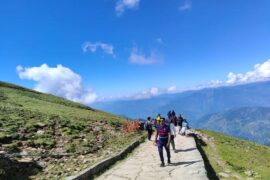
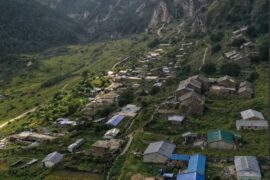
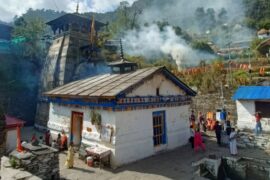
Comments are closed.